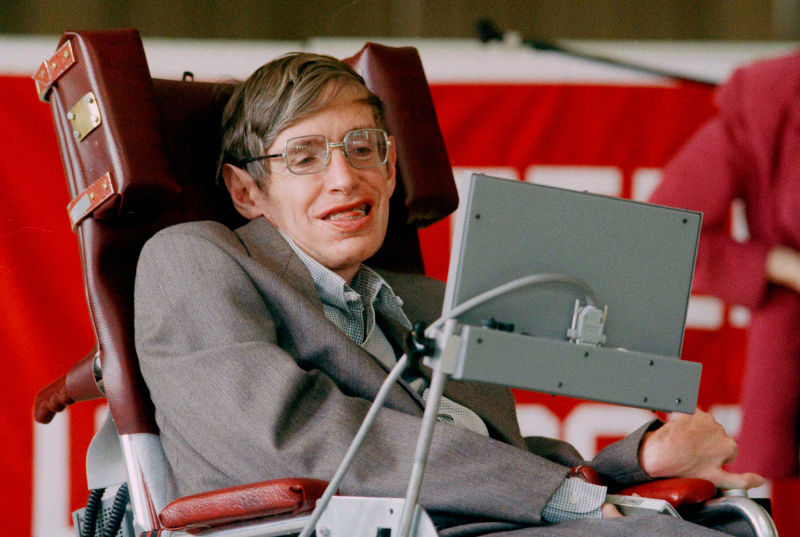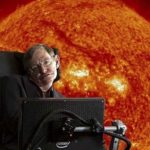No doubt Stephen Hawking has become a legend of the twentieth and twenty-first century. His intelligence, his opinions, have often cast a shadow over his investigations, which have contributed to his becoming not only an expert in physics, but one of the greatest intellectuals of the decades.

But, what are the scientific studies that have made it recognized?
1) The singularity
A gravitational singularity is a one-dimensional point that contains an infinite mass in an infinitely small space.
In short, as if the whole weight of the universe were in a spoon. In a singularity, gravity becomes infinite, space-time is infinitely curved and the laws of physics as we know them cease to exist.
Along with the English mathematician Roger Penrose, Stephen Hawking developed a pioneering work on singularities that proved their existence and theorized that the universe could have started as a singularity.
2) The laws of black hole mechanics
Although it seems that they are swallowed, they have a complex mechanics and laws that govern their nature.
Like the four laws of thermodynamics, black holes have four laws formulated by Hawking with James Bardeen and Brandon Carter.
These are physical properties that explain the gravity on its surface and its possible reactions.
3) Hawking radiation
Even the English physicist, the experts thought that nothing could escape from a black hole. But then Hawking arrived and showed that black holes emit radiation, which can continue until it drains its energy and evaporates.
In simple terms, when a black hole “swallows” half of a particle-antiparticle system, the half that escapes emits a radiation that steals some energy from the black hole.
4) Cosmic inflation
In the 1980s, Alan Guth (MIT cosmologist) postulated the theory of cosmic inflation that proposes that, after the Big Bang, the universe expanded exponentially before settling into a slower expansion.
Currently the idea is widely accepted. Stephen Hawking was one of the first to calculate the quantum fluctuations that were created during cosmic inflation, which is explained to explain how this produces the expansion of galaxies in the universe.
5) The beginning of the Universe
It is one of the key questions of science: what happened before the Big Bang? Along with James Hartle, Stephen Hawking developed a model known as the Hartle-Hawking state.
The proposal of both was that, before the Big Bang, time did not exist and therefore, the concept of the beginning of the universe does not make sense.
The universe of Hartle-Hawking states has not begun, since it has no initial borders in time or space. It is one of the most accepted theories today.
6) Downward Cosmology
While most of the aforementioned theories date back to the 1970s and 1980s, this is one of the most “recent”.
Together with Thomas Hertog, a physicist at CERN, Hawking proposed that the universe did not have a single initial state, but that it consisted of an overlap of many possible initial conditions. The theory became popular as it fits with the well-known string theory.














